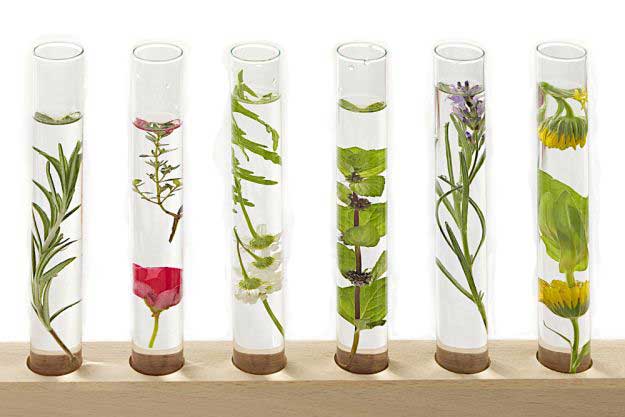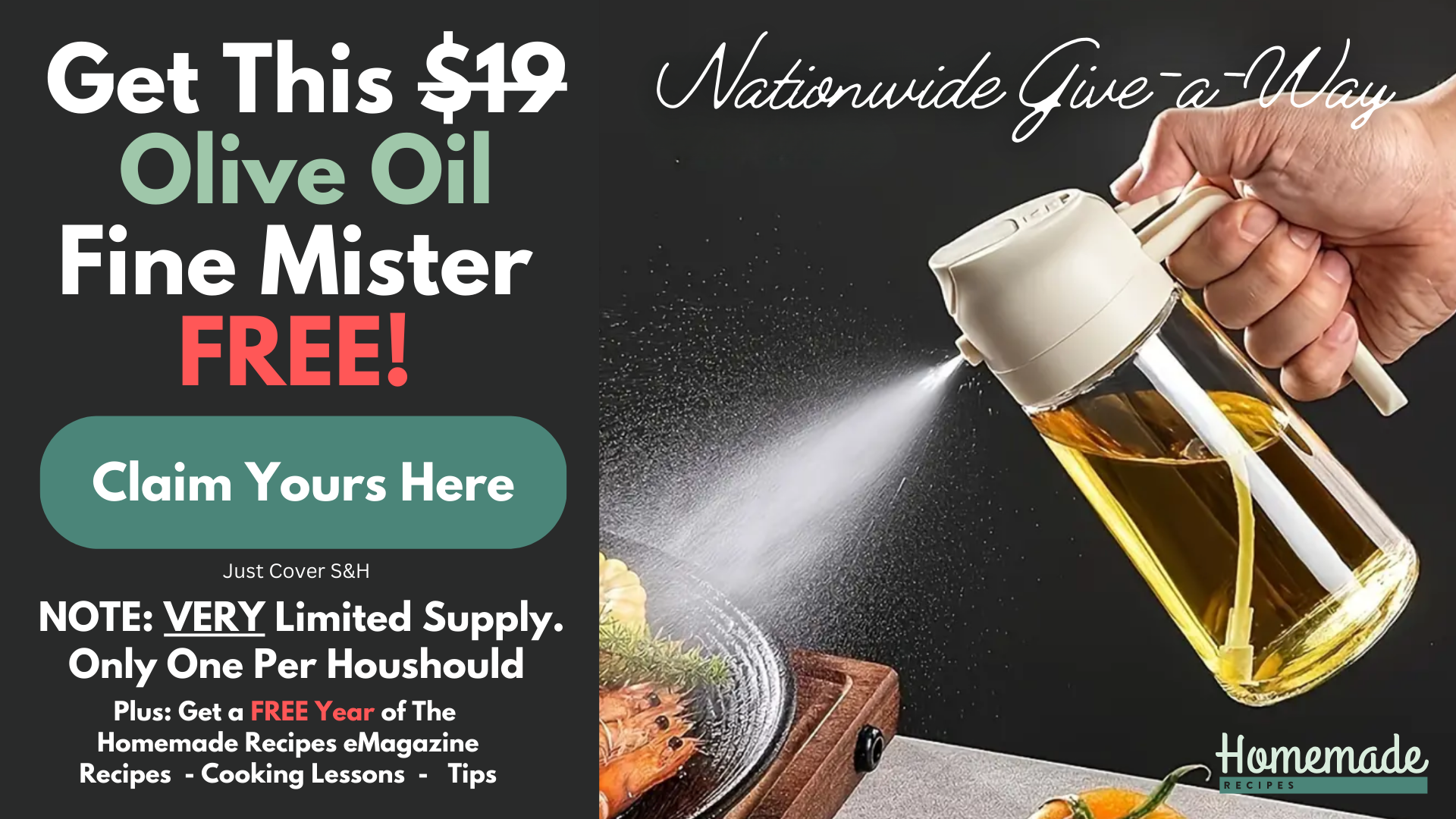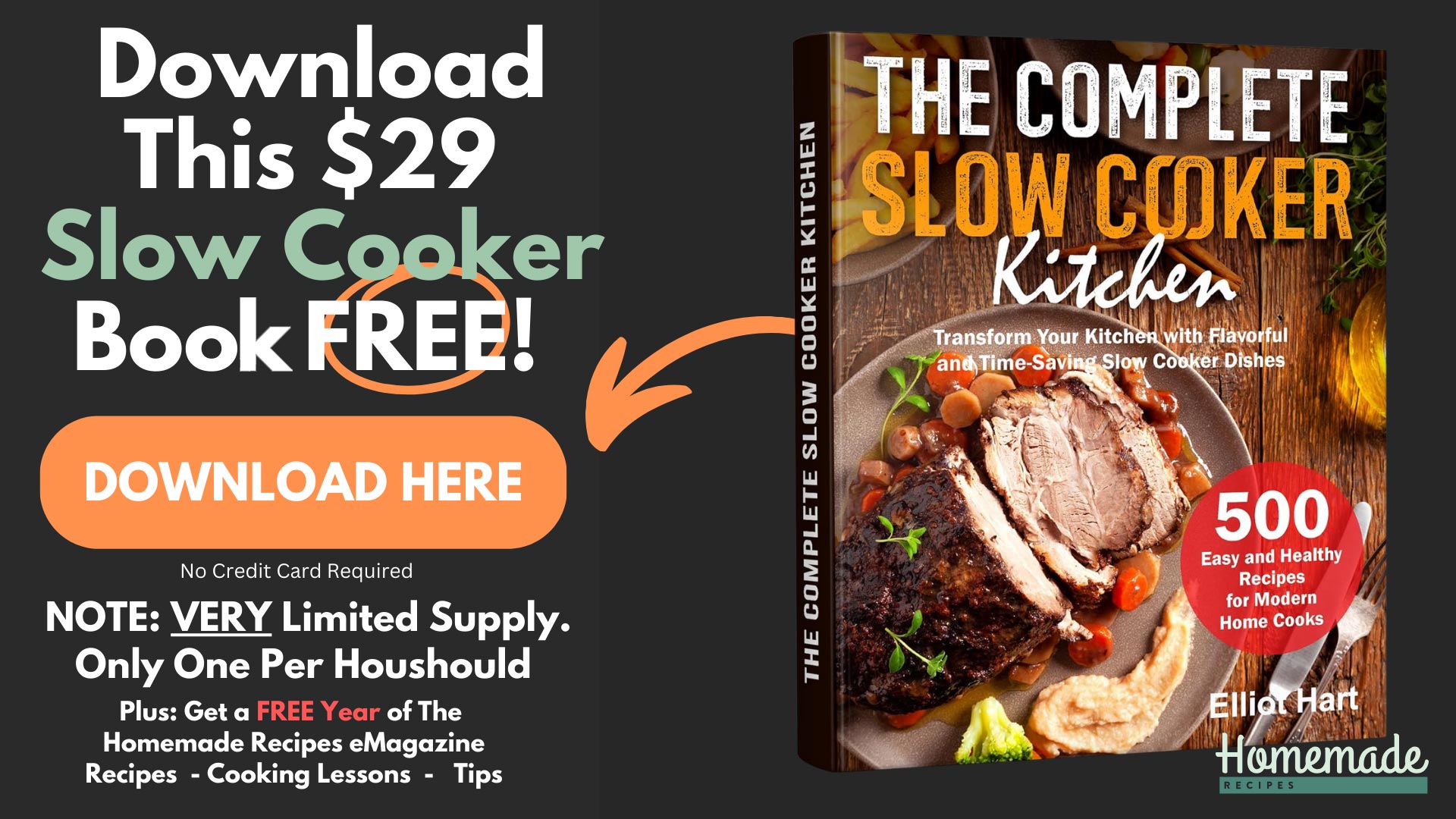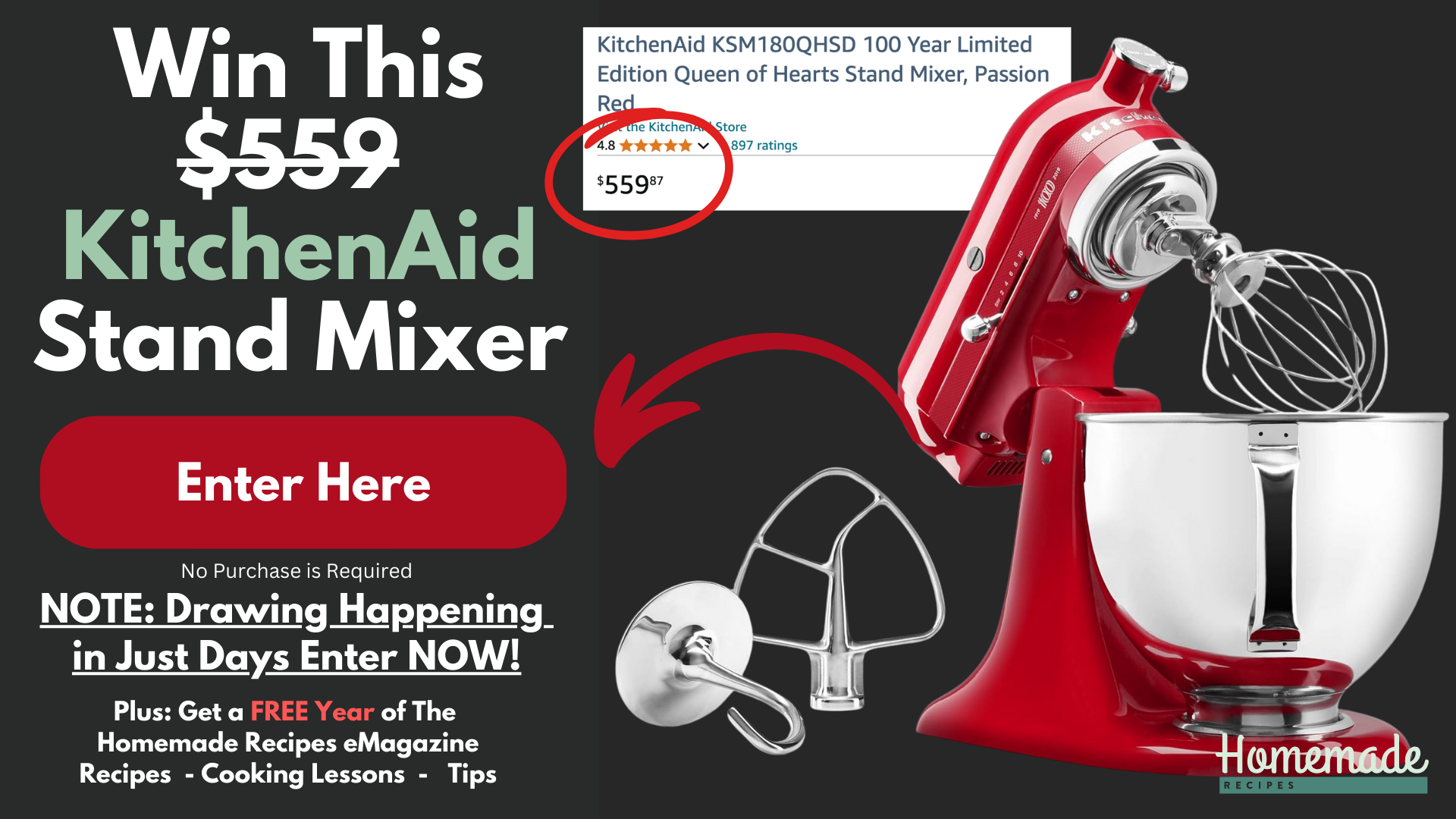Welcome to the world of essential oils where everyone is beautiful, healthy and feels great! Our 3-Part Guide to Essential Oils will help you figure out just what the heck essential oils are and why they’re so great for you, how to incorporate them into your daily life, and where to buy them.
Stay tuned to learn more!
Guide to Essential Oils Part 1: What are they and, most importantly, how can they benefit you?

image via Shutterstock
What are essential oils?
Essential oils are, in the most basic of definitions, the living, vital fluid of plants. They are the molecules that make up the plant’s fragrance and aroma and, when properly extracted, contain the essence of the plant, along with its health benefits. Essential oils have played an important role throughout history since the dawn of civil societies. The Egyptians used them in beauty and medical treatments; the Greeks used them as aromatherapy and part of therapeutic massages; and, the Romans used essential oils to promote health and personal hygiene. As of late, essential oils have made a resurgence as people strive to find all-natural remedies for skin care, stress relief, personal hygiene, and medical treatments.
Essential oils have traditionally been made via two key methods: distillation and expression. While there have been continuous advancements in the field of essential oils, for the purpose of this guide, we will discuss the most popular and commonly employed extraction method: steam distillation.
Steam Distillation of Essential Oils

image via
In the steam distillation method, steam is used to break through the plant material in order to remove its aromatic molecules (or “volatile constituents” for all you word nerds). The molecules then rise upward into a condenser (the chamber in which the oil and water meet and condense), which then cools the vapor back into liquid form. Once the liquid has fully cooled, the essential oil will separate from the water, making it easy to siphon off the oil in order to make essential oil extracts. From those extracts, the oils you see in health food stores and farmer’s markets are created.
While there are now numerous ways of extracting essential oils, each with its own set of benefits and advantages, the benefits of steam distillation are that energy consumption is lower, oil is extracted relatively quickly and, because of the speed of its extraction, remains relatively undamaged in comparison to hydro- or wet steam distillation. The most beneficial extraction methods are cold expression (similar to cold-pressing) and steam distillation.
Common Essential Oils and their Health Benefits

image via Shutterstock
The most commonly used essential oils are chamomile, eucalyptus, ginger, lavender, lemon, lemongrass, mandarin, patchouli, peppermint, rose, and tea tree. While these extracts are often used as aromatherapy, they can also be used for their numerous skin and health benefits. Essential oils such as lemongrass, tea tree, and rose can be used as mild astringents for the skin and are, therefore, great for healing acne or eczema; other essential oils, such as lavender and chamomile, are great for inducing deep rest and relaxation.
Essential oils can be used alone or as part of a regimen with other complementing oils. Below are brief summaries of each of the popular essential oils’ benefits.
Chamomile
Chamomile can be used to relieve menstrual cramps, anxiety/stress, and insomnia. It is also antispasmodic and anti-inflammatory.
Eucalyptus
Eucalyptus can be used to relieve cold and flu symptoms, clear the mind and energize the body, and are great expectorants (medicines used to treat severe coughs and congestion).
Ginger
Ginger essential oil can be used to treat digestive disorders, boost the body’s antioxidant production, relieve nausea and eliminate gas and constipation.
Lavender
Lavender can be used to relieve stress and anxiety, calm the mind, heal wounds and burns, and for general skin care.
Lemongrass
Lemongrass is an antimicrobial oil that can be used to cleanse and disinfect the skin and other surfaces. Lemongrass essential oil is a great addition in homemade cleaning products.
Patchouli
Yup, you’ve smelled it on hippies, but did you know that patchouli is great as an antidepressant and for calming the central nervous system? It’s true!
Rose
Rose essential oil is great for treating depression, anxiety and digestive disorders. It is also great to use as a skin toner as it contains astringent, antibacterial properties.
Tea Tree
Tea tree oil is the most wonderful antibacterial oil in the history of essential oils! It’s a great, incredibly effective spot treatment for acne and can even be used to treat toenail fungus.
So, now you’re an informed consumer – awesome! That concludes the first part of our 3-part guide to essential oils. The second part in our series will go over how to incorporate them into your food recipes, homemade cleaning products and beauty regimen in order to reap their benefits. If you enjoyed this post, please let us know in our Comments section below! We love hearing our readers’ feedback, comments and suggestions. If you’ve been using essential oils, we would love to hear about your experiences and how they’ve helped you (or maybe they haven’t helped you, let us know!). Leave a comment, shoot us an email and make sure to stay in touch on Facebook, Twitter and Pinterest!
Do you have Instagram? Don’t forget to follow @HomemadeRecipesOfficial.
Click here to Like Us on Facebook.
Click here to Follow Homemade Recipes on Pinterest.



Wow, amazing weblog structure! How lengthy have
you been running a blog for? you made running a blog look easy.
The full glance of your web site is great, as well as
the content material! You can see similar: sklep online and here ecommerce